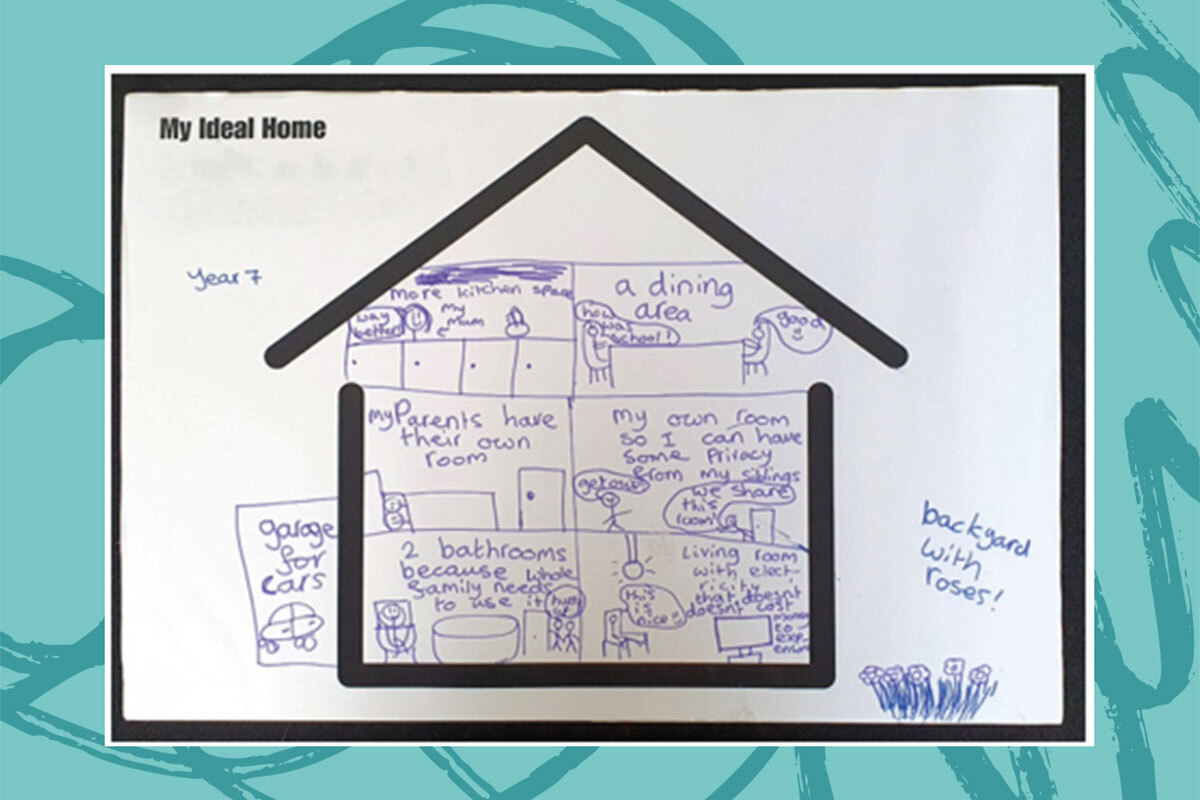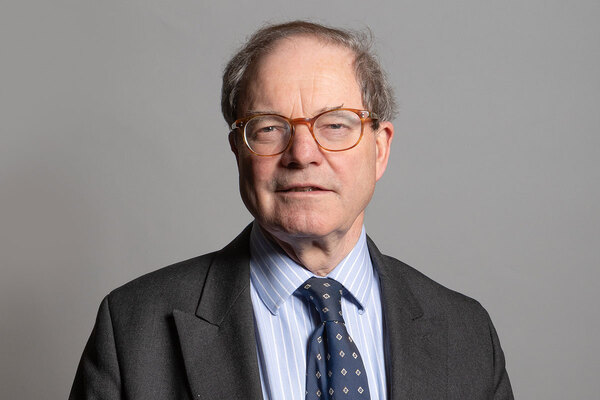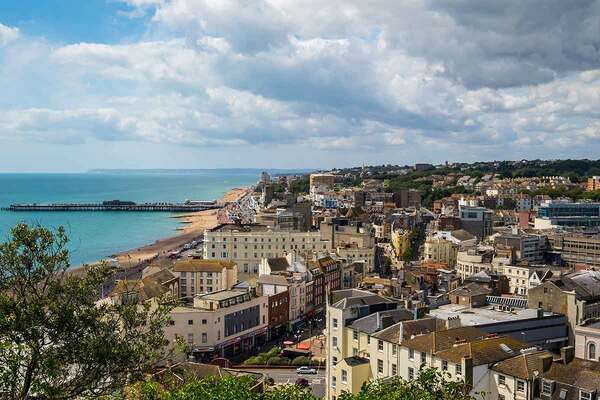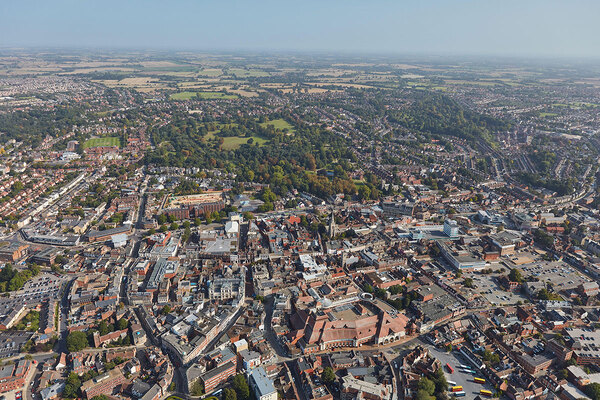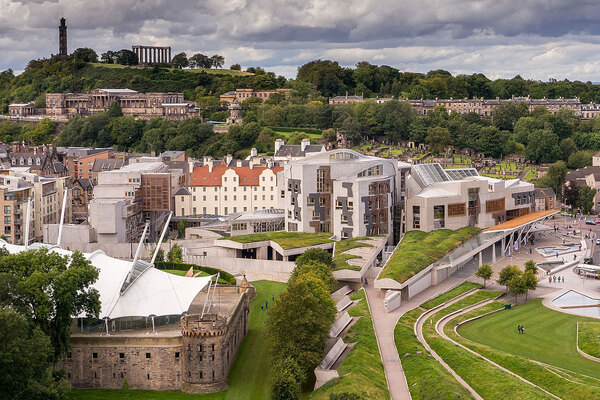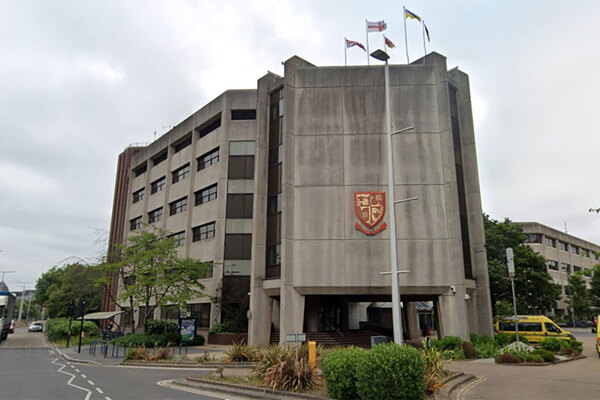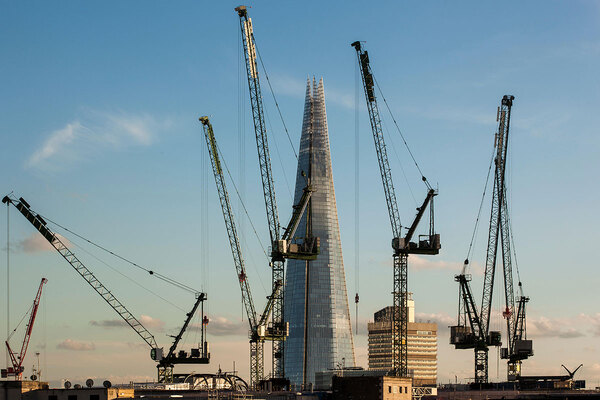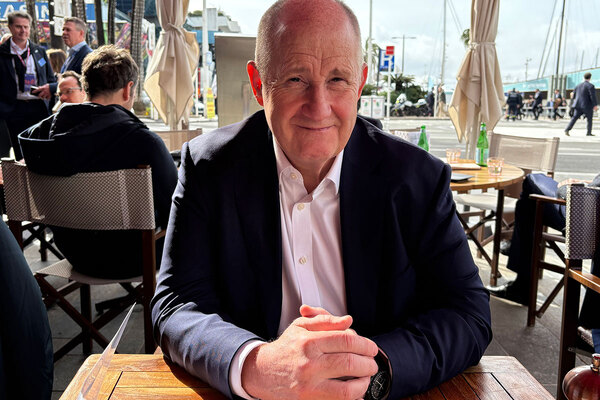Half a million families’ benefit will not cover their rent by next year, report finds
Half a million families’ housing benefit will not cover the cost of their rent by March 2026, a report has found.
Research by the Institute for Public Policy Research (IPPR) found that children are increasingly being pushed into poverty as benefits are frozen while private rents continue to rise.
There are currently an estimated 440,000 households with children whose Local Housing Allowance (LHA) no longer covers the costs of their rent, the thinktank said.
The government has not committed to uprating LHA rates in April, which means the number of households facing a shortfall in their housing benefit is expected to rise by an additional 90,000 families by March 2026.
This would leave more than half a million families and 925,000 children affected by a shortfall in housing support.
Governments since the 1980s have pushed low-income families from the social housing sector into private renting, and the Right to Buy policy has shrunk the country’s social housing stock. In 1991, then-housing minister Sir George Young promised that “housing benefit will take the strain” and help families to pay their rent.
However, in 2011, the government cut LHA rates from covering the bottom 50% of market rents to the bottom 30%. Ministers have then periodically frozen and unfrozen LHA rates, making more private rented properties unaffordable and leading to an increase in child poverty.
This is a growing concern as more than one in five children (22%) now live in the private rented sector, compared to one in 12 two years ago.
The research also identified a “postcode lottery” of LHA rates. For example, over half (62%) of families renting privately in Wales face a shortfall, while only a third (31%) of those in Scotland do.
The variation between local authorities is even more stark, with 74% of claimants facing a benefit shortfall in Neath Port Talbot, compared to just 9% in East Lothian.
Last month, a damning report by MPs in the Public Accounts Committee described LHA rates as having no logic and said the government had not considered their impact on homelessness.
The IPPR identified the lack of social housing as a “key challenge”, with waiting lists now reaching a 10-year high of 1.33 million.
In social housing a family’s housing benefit, or housing support element of Universal Credit, will meet their entire housing costs. They are also guaranteed a home for life.
The state currently spends £32bn a year on housing support through the benefits system, much of which goes into the pockets of private landlords.
IPPR modelling found that if the government built and moved all families with children on means-tested benefits into social housing, this would save £3bn per year in housing benefit expenditure and reduce relative poverty by 200,000.
While the government would need to factor in the cost of building social housing, the researchers said, this would also help to contain the ballooning cost of temporary accommodation, where local authorities are forced to shell out for “inappropriate and expensive” housing solutions in the private sector.
The report urged the government to raise LHA rates to cover the bottom 30% of market rents and remove the household benefit cap from April 2025, then introduce a “long-term ambition” to raise them to cover the bottom 50% of market rents.
“This should go hand-in-hand with other reforms to social security such as ‘locking in’ annual LHA increases,” it said.
The IPPR also called for 100,000 social homes to be built each year over two decades, and for a new English housing tribunal to enforce renters’ rights.
Henry Parkes, principal economist at IPPR and author of the report, said: “A safe, secure and affordable home should be the foundation for every child’s future. Instead, too many families are trapped in a cycle of poverty and instability caused by unaffordable rents and insecure tenancies.
“Housing reform isn’t just a moral imperative – it’s an economic necessity.”
The Department for Work and Pensions was approached for comment on the report.
Sign up for our homelessness bulletin
Already have an account? Click here to manage your newsletters
